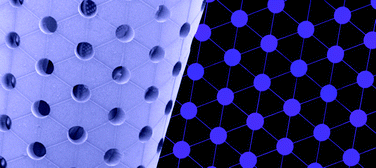High fidelity neuronal networks formed by plasma masking with a bilayer membrane: analysis of neurodegenerative and neuroprotective processes†
Abstract
Spatially defined neuronal networks have great potential to be used in a wide spectrum of neurobiology assays. We present an original technique for the precise and reproducible formation of neuronal networks. A PDMS membrane comprising through-holes aligned with interconnecting microchannels was used during


 Please wait while we load your content...
Please wait while we load your content...